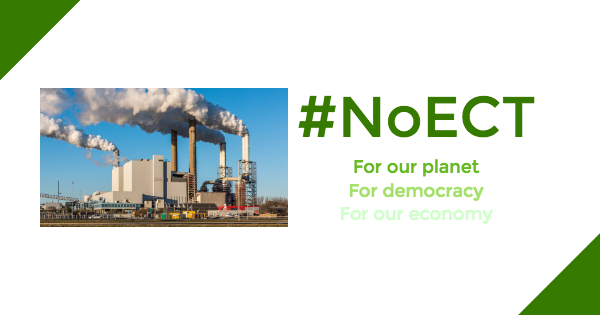The above quote refers to amendment 143, which introduced Article 8a, to the European Climate Law adopted by the European Parliament on 8 October 2020, , establishing the framework for achieving climate neutrality. The objective of the amendment is to transform political promises, made by Member States to become climate neutral by 2050, into binding obligations and thus give European citizens legal certainty and reliability in relation to this transition. Actually, the Energy Charter Treaty (‘ECT’) has become a major obstacle to reach this target. In this article, we will have a closer look at the ECT and talk about its negative impact on the European climate objectives.

